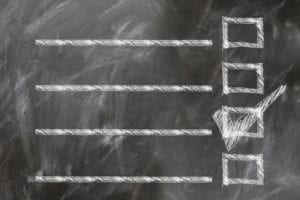According to a story from Business Wire, there was a time when having to use a mechanical ventilator in order to breathe meant being confined at the hospital in an intensive care unit. Thankfully, the technology for using mechanical ventilation from home was first tested nearly forty years ago, when an infant with congenital central hypoventilation syndrome was sent home with a ventilation system by the Children’s Hospital of Los Angeles.
The system was a success, and that first patient is still alive at 40 years old. These early mechanical ventilation systems were quite cumbersome and needed a steady supply of compressed air tanks. Today’s ventilators are much smaller and can run on electricity. Congenital central hypoventilation syndrome (CCHS), also known as Ondine’s curse, is an extremely rare condition in which the patient cannot breathe on their own because the nerve signal from the brain to the lungs is affected. This results in respiratory arrest during sleep. The condition is also associated with neuroblastoma, Hirschsprung disease, and difficulty swallowing. Other symptoms include low oxygen levels, headaches, sleep problems, and fatigue. The syndrome can have other complications such as seizures and learning disabilities. To learn more about congenital central hypoventilation syndrome, click here.
Although the first patient using the home mechanical ventilator had CCHS, the system can also be used to help people with spina bifida, muscular dystrophy, and mitochondrial disorders. Jim Harrison was diagnosed with CCHS when he was an infant. At that time, he received surgery in order to implant a diaphragm pacemaker. Using a breathing unit stored in a small backpack, the pacemaker receives electrical signals that allow him to breathe 22 times per minute. He still uses a mechanical ventilator when he sleeps, but his lifestyle represents the success of home ventilators and the technological advances that have been made since they were first used in 1977.








